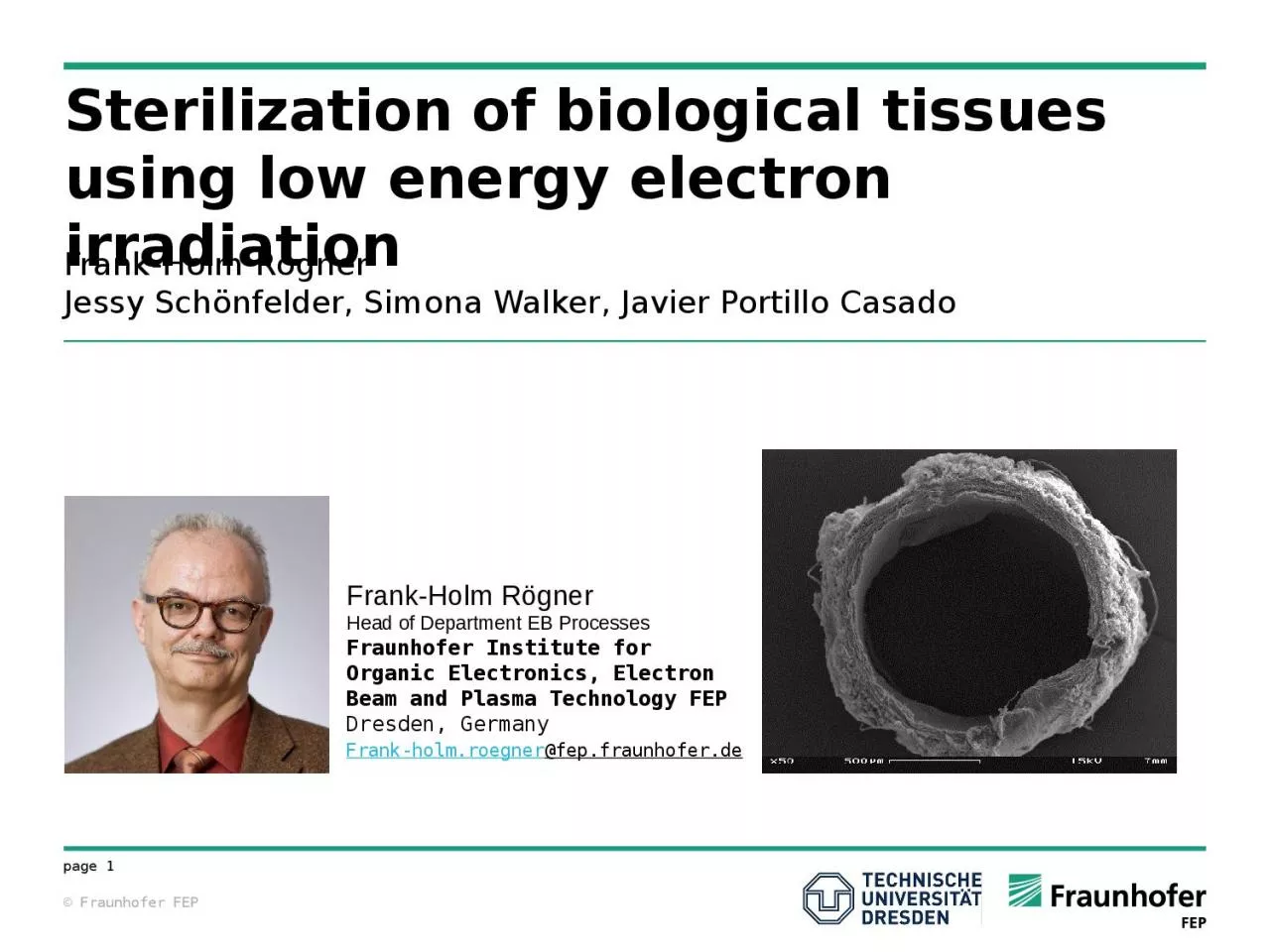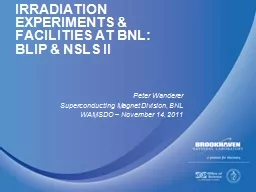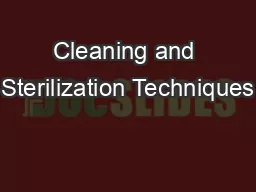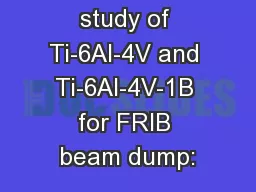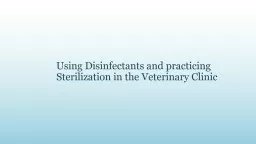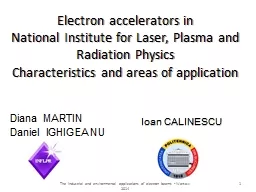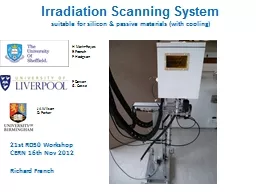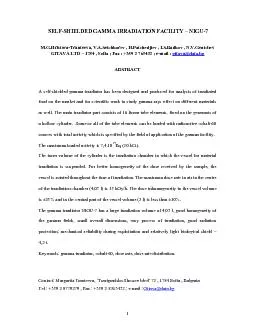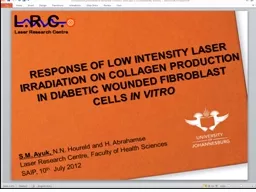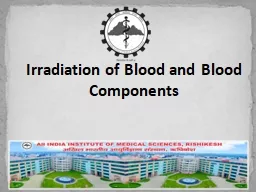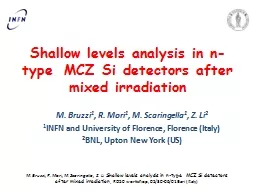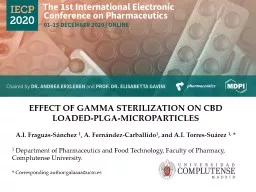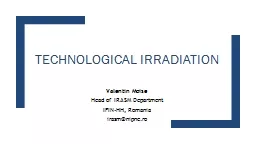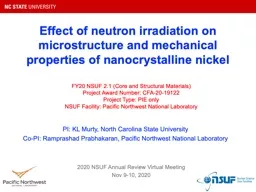PPT-Sterilization of biological tissues using low energy electron irradiation
Author : hazel | Published Date : 2024-02-16
FrankHolm Rögner Jessy Schönfelder Simona Walker Javier Portillo Casado FrankHolm Rögner Head of Department EB Processes Fraunhofer Institute for Organic Electronics
Presentation Embed Code
Download Presentation
Download Presentation The PPT/PDF document "Sterilization of biological tissues usin..." is the property of its rightful owner. Permission is granted to download and print the materials on this website for personal, non-commercial use only, and to display it on your personal computer provided you do not modify the materials and that you retain all copyright notices contained in the materials. By downloading content from our website, you accept the terms of this agreement.
Sterilization of biological tissues using low energy electron irradiation: Transcript
Download Rules Of Document
"Sterilization of biological tissues using low energy electron irradiation"The content belongs to its owner. You may download and print it for personal use, without modification, and keep all copyright notices. By downloading, you agree to these terms.
Related Documents

